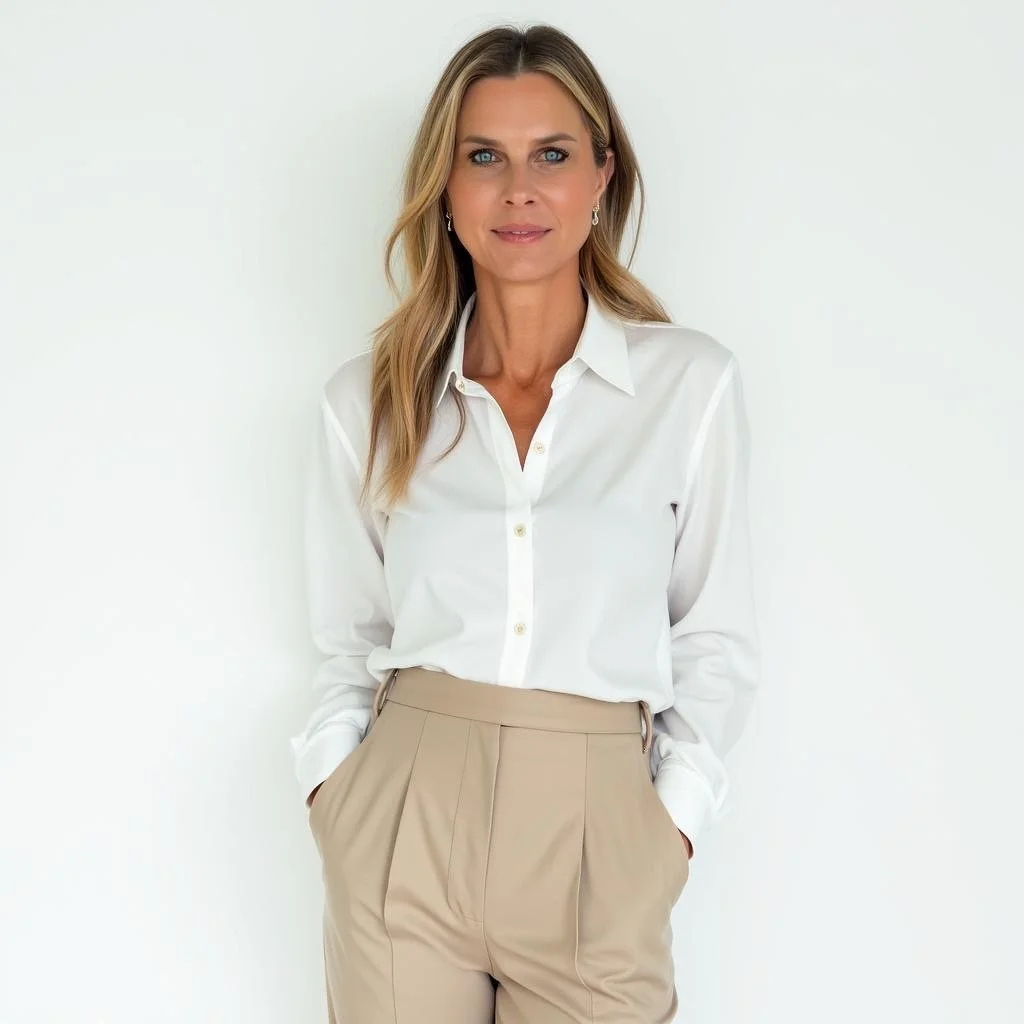Ep. 109: Furniture & Interior Designer Claudia Washington
Furniture and interior designer Claudia Washington grew up in El Salvador during the civil war. It was not safe for her to play outside so she spent her days clipping pictures from architecture magazines and redesigning her bedroom. In college, she predicted whom she would marry from seeing a work of his art. Now, Claudia and Harry Washington are designing work for international clients and championing design in El Salvador through a design biennale, education, artisan collaborations and economic growth.
Thanks to our sponsors for making Clever possible:
Lulu & Georgia has everything to make your dream home a reality, from rugs and furniture to lighting and accessories, plus exclusive collaborations like the bestselling Rug and Pillow Collection with designer Sarah Sherman Samuel. Visit luluandgeorgia.com/clever and use coupon code CLEVER15 for 15% off your next purchase.
Paintzen is the answer to all of your paint problems—and they’re not messing around. Get a fast quote today at paintzen.com/clever. Designers: Enjoy a dedicated team and start earning 10% on all projects booked with Paintzen by signing up for their free trade program at paintzen.com/clever.
Serving all 50 states and US territories, CERF+ supports strong and sustainable careers for artists through educational programs, advocacy, network building, and emergency grants to eligible artists who have experienced a career-threatening emergency. Visit their website at www.CERFPLUS.org to learn more.
What is your earliest memory?
As a baby, with my mom, planting strawberries at home. I remember feeling strongly hopeful about the outcome.
Dance was an early passion for Claudia
Claudia and her mother
How do you feel about democratic design?
As a designer I’m always looking to create timeless non-disposable products, in tune with our essence as humans. Human authentic behavior guides my design process. So in that sense, I feel close to democratic design.
Concerning the low cost , I’ve always felt distant from it, since our design environment differs from the conditions allowing it. There are no industrialized manufacturers in our country, which makes us turn to artisans to develop any of our products. As a result, if we look to develop high quality products, their cost is usually above what anyone is able to afford.
Nevertheless, I consider our design process fair since we take in account not only the user, but also the makers and the precarious conditions of many of them.
What’s the best advice that you’ve ever gotten?
“Follow your intuition, it’s a pronouncement of spiritual wisdom”
How do you record your ideas?
I write everything down. Schematic drawings and diagrams are my favorite.
What’s your current favorite tool or material to work with?
Wood has always been my favorite.
What book is on your nightstand?
Driven to Distraction - Edward M. Hallowell and John J. Ratey. I fight with Attention Deficit disorder, I always have. This is a book about coping with it.
Why is authenticity in design important?
Authenticity relates to the genuine part of anything and anyone, to its core. To create a new product from it means to dig into the most essential traits of a culture, a person,a region, etc. Which allows us to connect with new facets of our everyday life. The connection between the user and the product becomes real, true to their element. As for creating products that are original, looking for an authentic source will allow us to create items that will connect easily with the end user.
Favorite restaurant in your city?
Boca Boca. A blend of local ingredients into a innovative version of traditional dishes. I love the unexpected taste of every dish.
What might we find on your desk right now?
A coffee cup, something sweet, my sketchbook, a ruler, my phone, my computer, a sewing set, pencil and sharpies, headphones, markers, small models and prototypes.
Who do you look up to and why?
My mother. Always in touch with her authentic nature, she speaks her truth and acts according to it. A hard working woman, a creative soul a spiritual being.
What’s your favorite project that you’ve done and why?
The interior design of a lake house I worked on recently. It represented a challenge although allowed me to discover new local manufacturing techniques and to adapt them to a sophisticated look and feel. My interaction with a new group of artisans has also strengthened my constant hunt for new ways of developing good design in El Salvador.
What are the last five songs you listened to?
Fica tudo bem from Silva, anitta
Seven Nation Army from The White Stripes
Kiss from Prince
Ven que te quiero ver from Alex Ferreira
Frutica Pal’alma from Anana
Clever is produced by 2VDE Media. Thanks to Rich Stroffolino for editing this episode.
Music in this episode courtesy of El Ten Eleven—hear more on Bandcamp.
Shoutout to Jenny Rask for designing the Clever logo.












